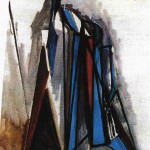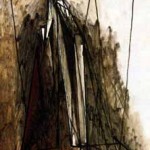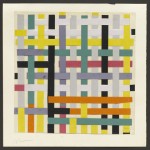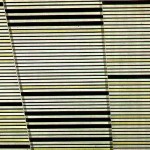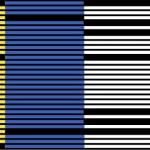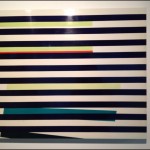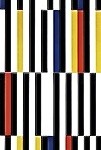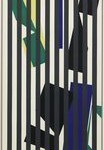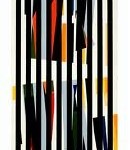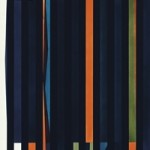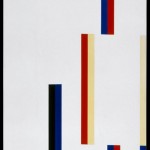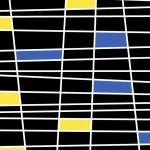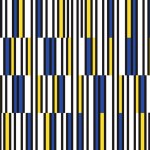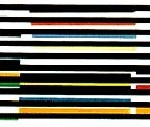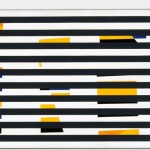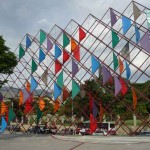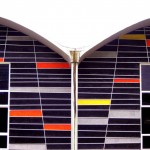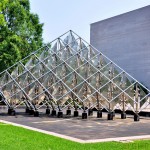Project Description
Alejandro Otero
Born in El Manteco, Bolívar, Venezuela 1921 – Caracas, Venezuela 1990
Hoy en día, la pintura abstracta trata de salirse del marco del cuadro para integrarse y transformar la realidad misma. Convertida en ella y no en su semejanza, se prepara para ayudarnos corporal y espiritualmente, cumpliendo como arte de creación la necesidad de formas, de espacio y de luz a que aspiramos (Alejandro Otero. El Nacional. 07 mayo 1951)
Otero was a Venezuelan painter and sculptor. He began studying at the Escuela de Artes Plásticas y Aplicadas, Caracas, in 1939 and in the following year won a prize in the First Venezuelan Official Art Salon. In 1945 he went to New York and to Washington, DC, where he exhibited figurative works at the Pan American Union. He moved to Paris in 1948, and by 1949 he had completed his series of Coffee Pots (e.g. Blue Coffee Pot, 1947; Caracas, Gal. A. N.), which marked his transition to a gestural abstraction controlled by linear elements. He was a founder-member of the Los Disidentes group. In Paris he became interested in geometric abstraction, concerned with the optical effects of squares and grids,
Between 1955 and 1960, he developed the extraordinary series of seventy-five Colorhythms, one of his major contributions to the field of painting. In 1955, Otero produced his first Colorhythm (see Colourhythm 1 (1955; New York, MOMA). Painted with Duco, a shiny industrial lacquer, applied with spray guns or rollers on wood or Plexiglas, the Colorhythms are large-scale immersive compositional modules executed on rectangular supports. Structured by parallel, evenly spaced, dark vertical bands on white grounds, the paintings have color markings placed between the bands, which activate the entire structure of the plane. In these works, Otero succeeded in emphasizing rhythm and color over form, resulting in a suggestive spatial ambiguity typical of Op Art. As a consequence of optical intensity, chromatic vibration, and rhythmic movement, the picture plane seems to expand dynamically outwards. With the Coloryhthms, Otero proposed an idea of particular importance: the notion of the plane as a spatial field of forces in constant expansion, functioning simultaneously as immersive painting, volume, and architecture.
This interest dominated his work and is reflected in his project to integrate his murals with Carlos Raúl Villanueva’s architecture (1952) in the Engineering Faculty of the Ciudad Universitaria, Caracas. In 1958 Otero was awarded the National Prize for Painting in the Official Salon, and in 1959 he represented Venezuela in the Biennale of São Paulo, receiving an honourable mention. In the 1960s he abandoned painting in order to work on a larger scale in his ‘civic sculptures’, such as Delta Solar (Washington, DC, N. Air & Space Mus.). He also produced collages of objets trouvés, as in Page Picture No. 1 (paper on wood, 1964; priv. col., see Boulton, 1966).
© 2009 Oxford University Press
SOURCE: OXFORD UNIVERSITY PRESS
- Coffee Pots Series, 1949
- Coffee Pots Series, 1949
- Coffee Pots Series, 1949
- Ortogonal (Collage) 1, 1951. MoMA Collection
- Colorhythm 1, 1955. MoMA Collection
- Colorhythm
- Los Cerritos, Catia, Vzla. 1967
- School of engineering, Universidad Central de Venezuela.
- Delta Solar Sculpture at the Air & Space Museum in Washington, D.C.


